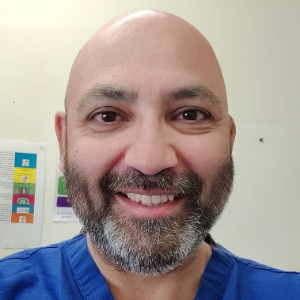Scoliosis
Scoliosis is a musculoskeletal condition characterized by an abnormal lateral curvature of the spine. In orthopaedics, scoliosis is a common concern, and assessments often focus on diagnosing and managing the progression of spinal deformities. While the cause of scoliosis can vary, idiopathic scoliosis, which develops without a clear cause, is the most prevalent. Orthopedic evaluations for scoliosis involve physical examinations, spinal imaging (X-rays, CT scans, or MRIs), and sometimes specialized tests to assess the degree of curvature and its impact on spinal function. Treatment approaches depend on the severity and cause of scoliosis and may include observation, bracing, or surgical intervention in cases of significant curvature progression. Orthopedic specialists collaborate with physical therapists to develop tailored exercise programs that aim to improve posture, strengthen supporting muscles, and enhance overall spinal stability. Early detection and intervention are crucial in managing scoliosis, as it can prevent further progression and associated complications.

Stephen S Tower
University of Alaska Anchorage, United States
Marcos Brioschi
American Academy of Thermology, United States
Wagih El Masri
Keele University, United Kingdom
Arif Akkok
Lake Erie College of Osteopathic Medicine, United States
Akash Ganguly
Warrington and Halton Hospitals NHS FT, United Kingdom
Sajid Ali
The Dudley Group NHS Foundation Trust, United Kingdom




Title : The UK profemur recall and implant cobaltism
Stephen S Tower, University of Alaska Anchorage, United States
Title : The tomographic phenotype and the genotype of wormain bones
Ali Al Kaissi, National Ilizarov Medical Research Center for Traumatology and Orthopaedics, Russian Federation
Title : New treatment of muscle contracture and joint contracture through muscle regeneration with mitochondrial dynamics
Ki Ji Lee, Busan Medical University, Korea, Republic of
Title : New treatment of sarcopenia through muscle regeneration with mitochondrial dynamics
Ki Ji Lee, Busan Medical University, Korea, Republic of
Title : The prevalence and association of self-reported depression symptoms with musculoskeletal pain and quality of life among pregnant women
Youssef Masharawi, Tel Aviv University, Israel
Title : Bipolar hemiarthroplasty under local anesthesia (2%)
Ketan Karabhai Parmar, Aayush Multispecialty Hospital, India